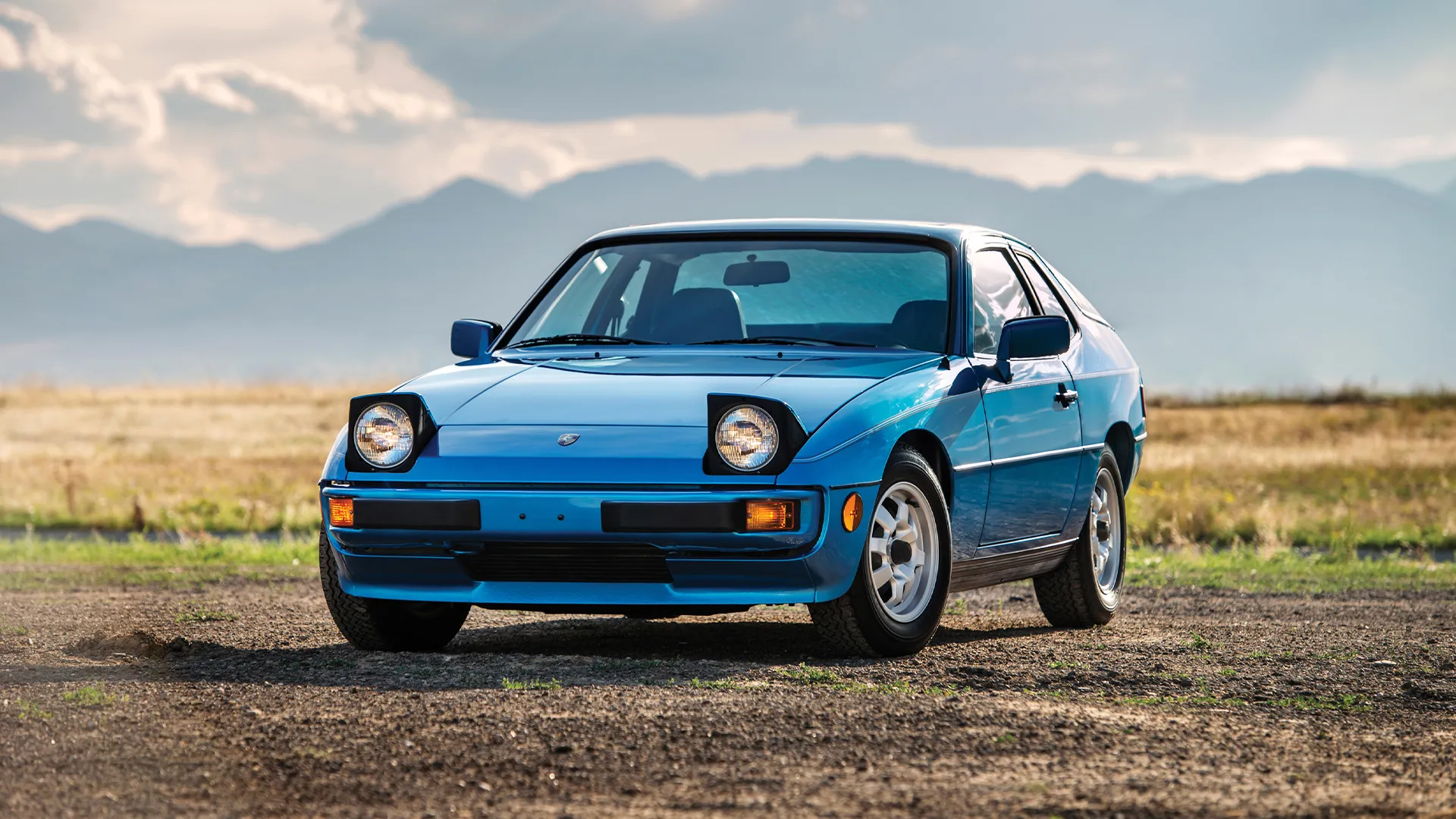When it came out, the Porsche 924 became a world-beater right away. Nowadays, it’s often regarded as a milestone in Porsche’s history. But this nameplate’s origins could have taken it down a very different road. Before it became the sleek, high-performance sports car we know today, the 924 almost emerged under a completely different badge—Volkswagen. This isn’t just a hypothetical twist; the car’s journey began as a consultation between two of Germany’s automotive powerhouses.
Initially, Porsche was tasked with designing a new sports car for VW, a project that seemed destined to be another notch in VW’s portfolio. However, what started as a routine collaboration soon evolved into a complex tale of shifting priorities, design hurdles, and corporate decisions that could have forever altered the identity of this iconic car. The story of how the Porsche 924 nearly became a VW is a fascinating chapter in automotive history that reveals how close we came to a very different outcome.
No Subscription? You’re missing out
Get immediate ad-free access to all our premium content.
Get Started



